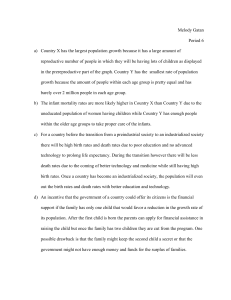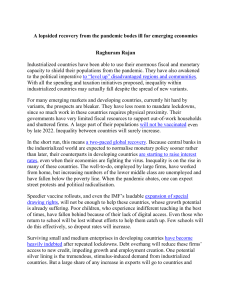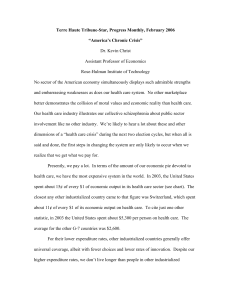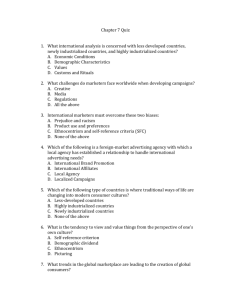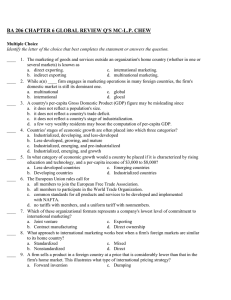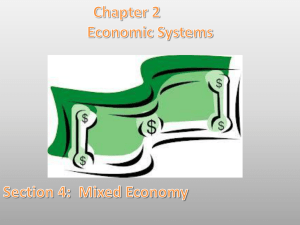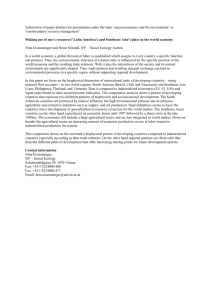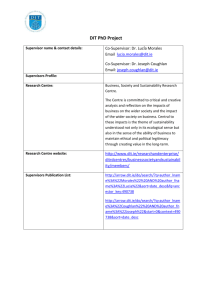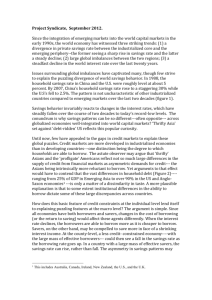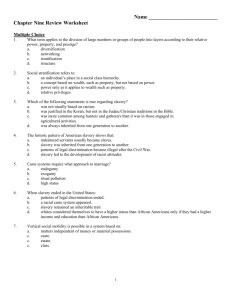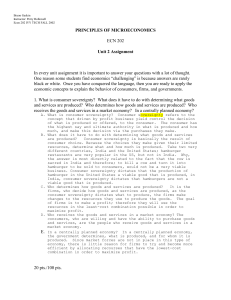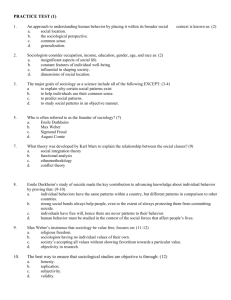Types/Levels of Industries & Economic Systems
advertisement
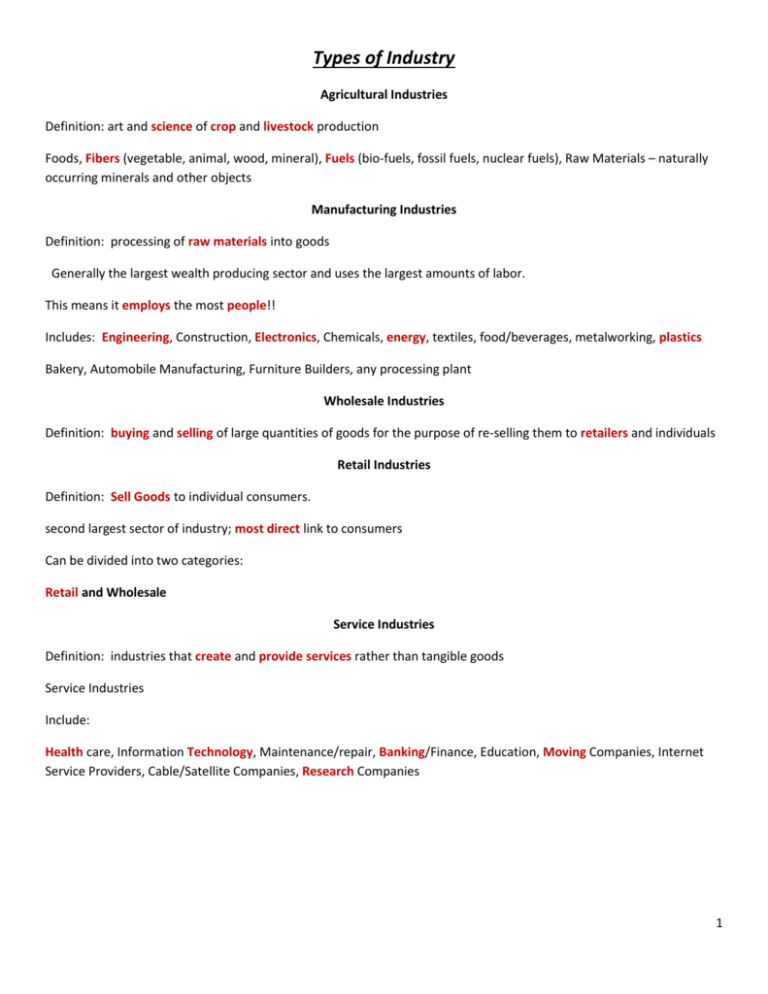
Types of Industry Agricultural Industries Definition: art and science of crop and livestock production Foods, Fibers (vegetable, animal, wood, mineral), Fuels (bio-fuels, fossil fuels, nuclear fuels), Raw Materials – naturally occurring minerals and other objects Manufacturing Industries Definition: processing of raw materials into goods Generally the largest wealth producing sector and uses the largest amounts of labor. This means it employs the most people!! Includes: Engineering, Construction, Electronics, Chemicals, energy, textiles, food/beverages, metalworking, plastics Bakery, Automobile Manufacturing, Furniture Builders, any processing plant Wholesale Industries Definition: buying and selling of large quantities of goods for the purpose of re-selling them to retailers and individuals Retail Industries Definition: Sell Goods to individual consumers. second largest sector of industry; most direct link to consumers Can be divided into two categories: Retail and Wholesale Service Industries Definition: industries that create and provide services rather than tangible goods Service Industries Include: Health care, Information Technology, Maintenance/repair, Banking/Finance, Education, Moving Companies, Internet Service Providers, Cable/Satellite Companies, Research Companies 1 Economic Systems Traditional Economies Social roles and culture determine how goods and services are produced, what they charge and who may buy the item. India has part of a traditional economy. Command Economies The government makes all the decisions of price and quantity to produce. Communist governments and countries like North Korea and Cuba have a command economy. Market Economies Individuals determine what to produce, how much and what to charge. Governments will regulate some items of this economy. Also called a “free enterprise system” Mixed Economies Most countries have a mixed economy. China has a command economy but is shifting towards a market. The U.S. is a market but the government regulates airlines and electric companies. Industrialized Countries Most countries in Europe and North America are industrialized. They hold 97% of the rights to inventions. Countries like Japan and South Korea are also industrialized. Developing Countries Many countries in Africa, Asia and Latin America are developing. Industrialized countries build factories there because of a valuable resource—people. Problems for both sides Industrialized Pollution High crime rate and drug problems Protecting their economy Developing Increasing population Poor schools Not enough jobs Lack of health services (not enough) 2
